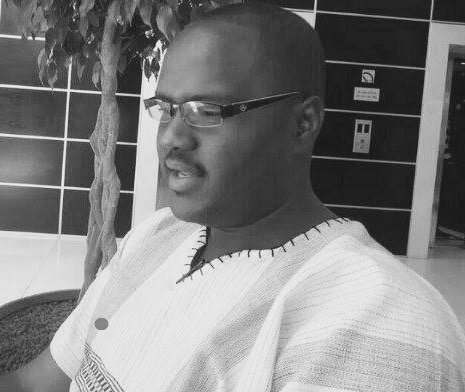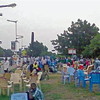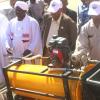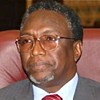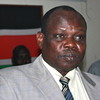What’s Plan B? Keep on drilling
Sudan lost about 75% of its oil earnings last year when South Sudan gained independence. Now the government, which has not hidden its financial troubles, is striving to find new oil.
Since Sudan uses production sharing agreements with international companies to get the investment needed to drive production, the government’s own share of that is 55,000 barrels a day, which only covers half of local consumption.
The country’s production has been cut from a high of 600,000 barrels per day (bpd) in 2007 to just under 400,000 bpd in 2011, down to 115,000 barrels today.Oil Minister Awad al-Jaz has said that when new fields, which were delayed because of insecurity, come online, production will rise to 185,000 barrels a day by the end of 2012 and 320,000 barrels a day by the end of 2016.
Ali Ahmad Osman, a former minister of state in the oil ministry, said that blocks two and four, around Heglig, accounted for 55,000 barrels a day of what is known as Nile Blend. The other producing field is in Lafula, with 40,000 barrels a day of heavy crude and 20,000 barrels a day of light.
Elsewhere a concession in Sennar State operated by Winpoc has revealed small quantities of gas, while SudaPak, a Pakistani company, has sunk four exploration wells in blocks 9 and 11 and found the presence of oil. Of other allocated blocks, 12a and 12b lie in Darfur, where ongoing security issues rule out production in the foreseeable future. Experts think there may be more fields in blocks 3 and 7 which are shared with South Sudan, but the terms have yet to be defined since Juba’s independence.
Estimates of independent economists suggest production will not top 145,000 barrels a day and the government’s entitlement from this will be about 60,000 barrels a day, which is still less than local consumption.
Even the fields open to investment are not in easy terrain. In the north, for example, there is the harsh desert environment and offshore development is expensive.
One well at Suakin on the Red Sea Coast could cost US$60 million just for one rig,” said Salah Dahab, director of Sudapet, the state-owned oil company. It is in a depth of 70 metres of water. In another area the water is over 160 metres deep, which means we need a different kind of rig. One well there costs $120 million,” he explained.
With the state unable to bear these costs, he added, it meant Sudan had to cede most of its share of oil produced in these Red Sea fields to foreign investors with the necessary capital.
The economist Mohammed al-Nayer said government plans to increase production could have an impact by the end of 2012. In the meantime, after the independence of the south the government had taken to buying the companies’ share of the oil from the producing fields to keep the local refineries running.
